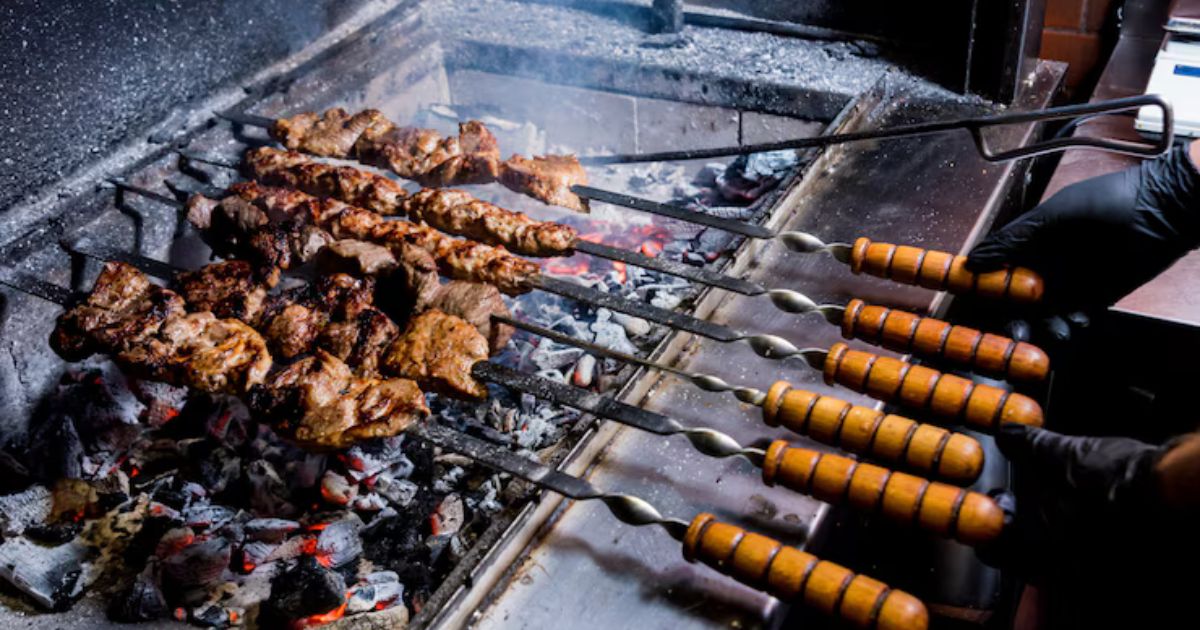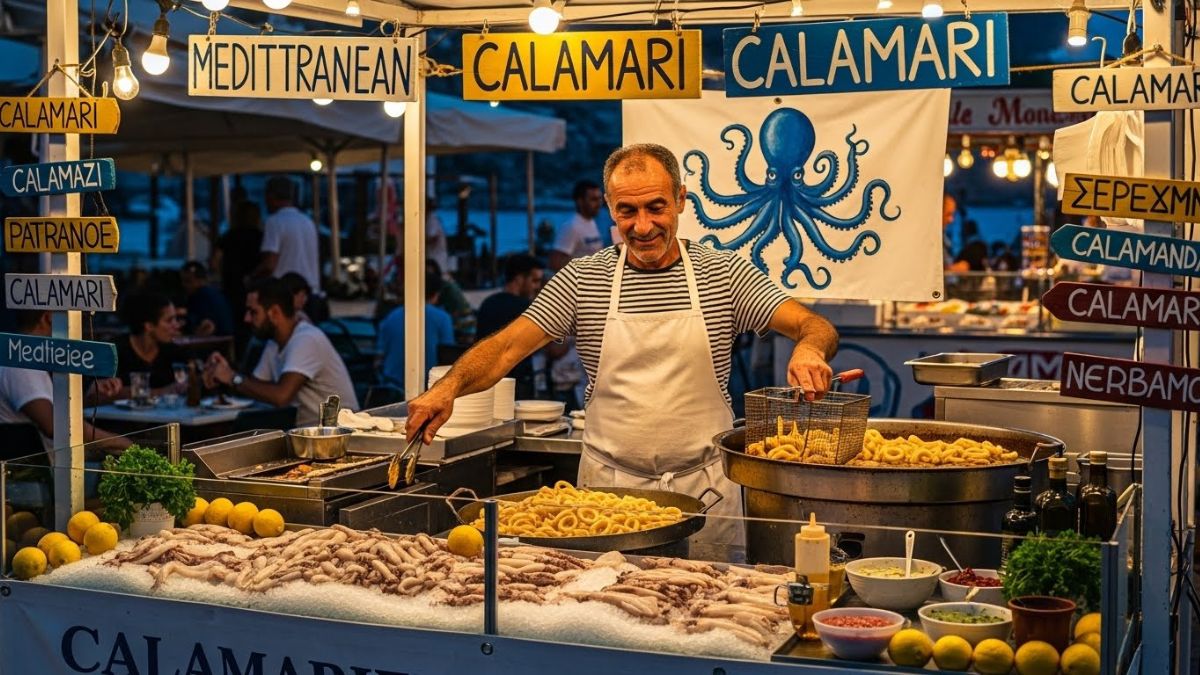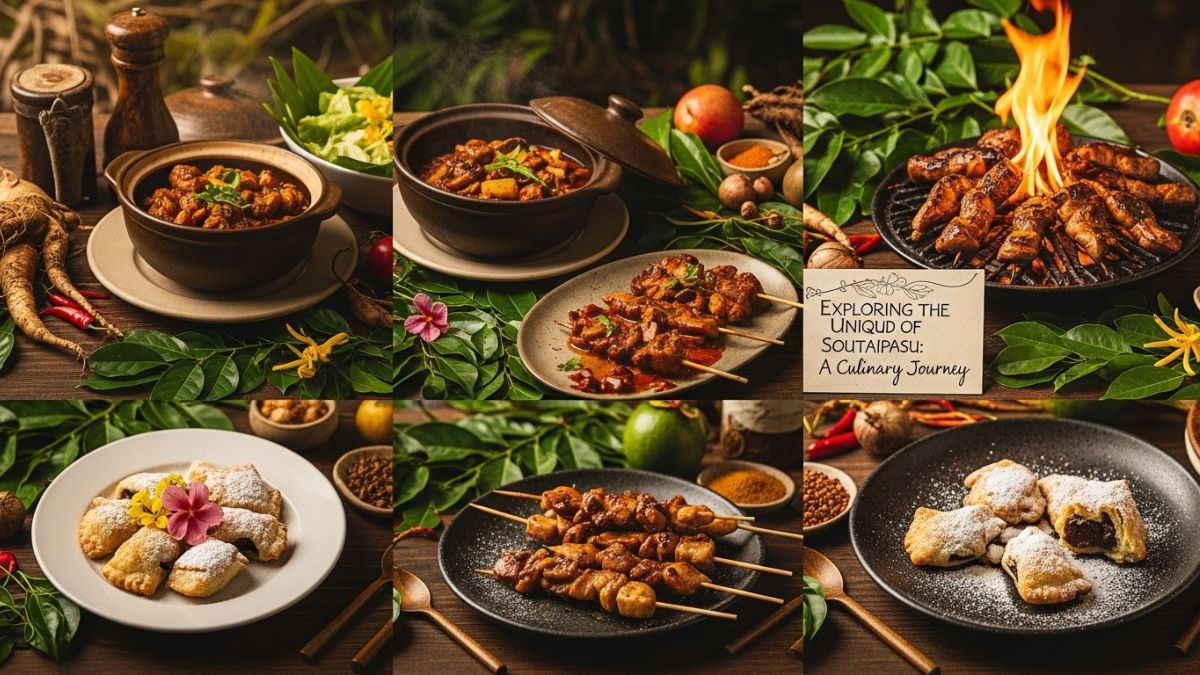The term Asador refers to a traditional style of grilling, particularly popular in Argentina, Uruguay, Chile, and parts of Spain. Unlike conventional barbecue techniques, asador represents more than a method of cooking—it is a cultural experience rooted in ritual, community, and the pursuit of perfect flavor. From open-fire cooking to social gatherings that last all day, asador continues to hold significance across various Latin and Iberian communities.
Origins of Asador in South America
The roots of asador trace back to the gauchos of the Argentine pampas—nomadic cowboys who cooked meat over open flames in rural plains. With limited resources, they learned to master firewood and embers to slow-cook whole animals, mostly beef and lamb. This rustic yet precise approach evolved into the highly respected tradition of asado, a social and culinary cornerstone of South American life.
Asador in Spanish Culinary Culture
In Spain, asador often refers to a wood-fired oven restaurant or a person who roasts meats professionally. Roasted lamb (cordero asado) and suckling pig (cochinillo) are staples of Castilian cuisine, especially in regions like Segovia. Unlike the South American open fire, Spanish asador relies heavily on ovens and seasoned wood for slow, even cooking.
Differences Between Asador and Barbecue
While both involve grilling, asador is distinct from typical Western-style barbecue. Barbecue often uses gas or charcoal grills with quick cooking times, sauces, and seasoning rubs. Asador, on the other hand, emphasizes natural wood, slow-roasting, and minimal seasoning—letting the meat’s natural flavors shine. It’s more about patience and fire mastery than speed and spice.
Core Techniques of the Asador Method
One of the hallmarks of the asador technique is a la cruz, where an entire animal is butterflied and secured to an iron cross, then positioned next to embers. This allows for indirect heat to slowly render fat and tenderize meat over hours. Rotisseries (asadores rotativos) and grill plates (parrillas) are also common, depending on the meat type and location.
The Importance of Wood and Fire Management
Fire is central to the asador experience, and not just any fire will do. Hardwood like quebracho, mesquite, or oak is preferred because of its steady burn and aromatic smoke. Mastering fire means managing temperatures, moving embers around, and knowing when to rest meat over direct vs. indirect heat. It’s a test of intuition and experience.
Meat Selection for Asador Cooking
Asador dishes highlight a variety of meats including ribs, flank steak, sausages, and whole lambs. In Argentina, asado de tira (short ribs) and vacio (flank steak) are classics. In Spain, it’s all about the purity of cuts like lechazo (young lamb) or cochinillo. Choosing high-quality, grass-fed animals is essential to achieving true asador flavor.
The Role of Chimichurri and Simplicity in Seasoning
Seasoning is minimal in traditional asador. Salt is often the only addition before grilling. Afterward, chimichurri—a garlicky herb sauce made with olive oil, parsley, oregano, and vinegar—is used for extra flavor. This restraint keeps the focus on the meat and smoke, a stark contrast to the heavy rubs and sauces in American barbecue.
Asador as a Social Gathering
An asado is more than a meal—it’s a communal event. Friends and family gather around the fire, enjoying conversation, music, and shared responsibilities. The asador (person cooking) is often seen as a respected host. The act of cooking becomes a day-long ceremony of connection, storytelling, and shared traditions.
The Art of Timing in Asador Cooking
Time is the secret ingredient in asador cooking. Unlike fast grilling, asador requires several hours of constant attention. Meats must be monitored for fat drips, flipped occasionally, and given time to develop a crispy exterior while remaining juicy inside. Precision with timing is what separates a good asador from a legendary one.
Modern Innovations in Asador Equipment
Contemporary asador fans now incorporate steel cross grills, adjustable racks, and mobile fire pits. Some modern homes have built-in parrillas, complete with ember collectors and ash drawers. Yet, many purists argue that the simplicity of old-school methods still produces the best results—what matters is the technique, not the tech.
As’ador in Restaurants Around the World
The rise of global food trends has brought asador to the international culinary scene. Restaurants in cities like New York, London, and Sydney now feature asador-style dishes, sometimes prepared over open fire in front of customers. These establishments combine traditional flavors with modern presentation, appealing to both nostalgic diners and food adventurers.
Asa’dor and Wine Pairings
Meat cooked via asa’dor pairs wonderfully with full-bodied red wines. Malbec from Argentina is the most iconic companion, but Spanish Tempranillo and Chilean Carménère also complement smoky, roasted flavors. The richness of the meat calls for a wine that can stand up to its depth without overpowering it.
Health and Sustainability of Asa’dor Cooking
Grilling with wood and minimal additives makes asa’dor a relatively healthy cooking method. When combined with lean meats and fresh salads, an asado meal can be both hearty and nutritious. Moreover, traditional asador practices often involve whole-animal cooking, encouraging a nose-to-tail approach that reduces waste.
Hosting Your Own As’ador at Home
You don’t need to be in Patagonia to host an asa’do. A simple open fire, good-quality meat, and a bit of patience are enough. Gather your friends, designate an asa’dor, and create a ritual around the grill. The key is to keep it unhurried, flavorful, and rooted in respect for the ingredients and company.
Cultural Significance Across Generations
Asador traditions are often passed down through generations. Grandparents teach children how to light the fire, season the meat, and prepare chimichurri. These lessons are about more than food—they carry values of patience, pride, and hospitality. As’ador remains a vital link to heritage and identity, especially among immigrant communities.
Why Asador Stands the Test of Time
The enduring popularity of asa’dor lies in its authenticity. In a world of fast food and digital distractions, the asa’dor experience offers something rare: slowness, presence, and togetherness. It invites people to return to the basics—good food, real fire, and meaningful connection.
Conclusion
Asad’or is more than a culinary technique; it’s a celebration of simplicity, patience, and cultural pride. From the grassy plains of Argentina to the historic ovens of Spain, asador unites people around the universal language of fire and food. Whether you’re a curious foodie or an aspiring grill master, embracing the asador tradition means more than cooking meat—it means honoring history, savoring flavor, and gathering with intention.
FAQs
What is the difference between asa’dor and parrilla?
Asad’or refers to the cook or technique, while parrilla is the grill used. Both are essential in Latin American grilling traditions.
can I make as’ador dishes without an open flame?
Yes, but it won’t replicate the full experience. A wood-fired grill or smoker will come closest to authentic results.
Is as’ador only about beef?
Not at all. While beef is popular, lamb, pork, chicken, and even vegetables are often cooked asador-style.
How long does it take to cook meat with the asa’dor method?
It depends on the cut and size, but traditional asad’or cooking can take anywhere from 3 to 6 hours for best results.
What are some good sides to serve with a’sado?
Grilled vegetables, crusty bread, fresh salads, and chimichurri sauce are all classic accompaniments.











